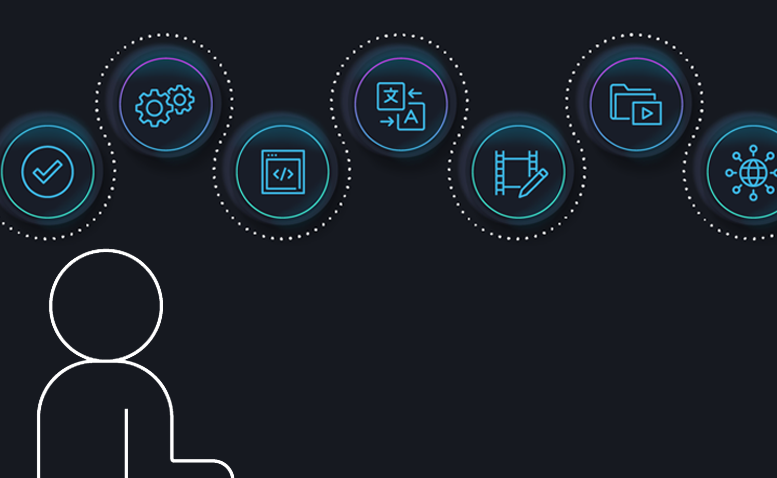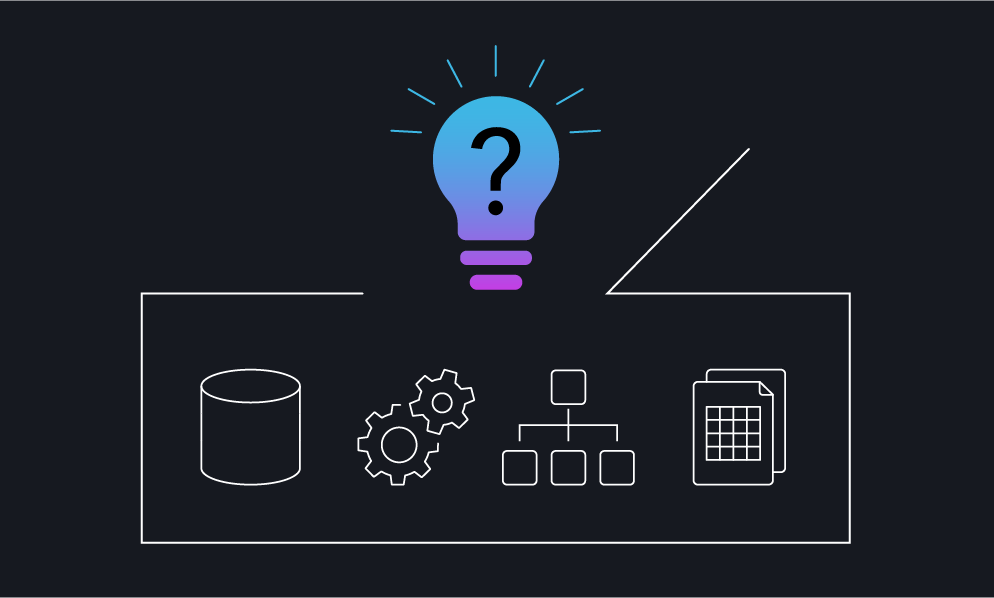
Imagine a business that must deliver a product to each customer in a different package. Each delivery requires a box of a different size, shape, color, label, wrapping, and internal layout, as well as a particular shipping route. There is work involved not just in creating those boxes, but also in understanding the type of box needed for each and every customer.
Now imagine trying to automate packaging and delivery of that product, at scale.
Media organizations face this challenge every day as they deliver content to a growing number of endpoints, each with its own distinctive requirements. Getting the same piece of content out the door, tailored for hundreds of different destinations, is a major source of friction, cost and time in modern media operations.
Every delivery requires something a little different. This variability — both in terms of the content itself and in the packaging required to address the unique specs of each endpoint — is a persistent driver of inefficiency for media organizations. And while standardization may seem like an appealing solution, it’s simply not feasible in the face of complex and dynamic requirements. You just can’t ask every endpoint to accept the same kind of box.
This is why “automating the impossible” — those complicated last-mile processes — has been a recurring theme across my recent blog posts. By extending automation to content packaging and delivery, organizations effectively broaden the scope of the media supply chain. In doing so, they are better positioned to identify weak links in that chain and innovate for further optimization.
Last-Mile Packaging: Traditionally Manual, Increasingly Automated
Traditionally, final packaging of content has been handled by specialized teams using bespoke systems, often operating outside the core media supply chain, or even outsourced. Whether performed internally or by an external provider, this work has typically been repetitive, time-consuming, and resource-intensive, requiring the attention of a large team or multiple smaller ones. In addition to creating silos that slow the flow of content, this model adds complexity and cost to operations.
Today, however, Rally Connect supports a different approach, enabling a single team to automate and manage many of the complex, manually-intensive processes involved in packaging and delivery. It simplifies and accelerates the exchange of content and metadata between business partners across the broader media supply chain, from content producers to content owners, distributors, and aggregators.
Just as SDVI’s ongoing partner integrations give Rally users ever-greater opportunity to unlock new value by bringing critical tasks — such as compliance editing — into the automated supply chain environment, Rally Connect offers yet another opportunity for meaningful supply chain optimization.
 Using Rally Connect to extend the boundaries of the conventional media supply chain beyond the factory walls and to the last mile, organizations stand to realize greater agility and fresh efficiencies. They can manage the full delivery process internally, if they choose, incorporating media logistics into their broader operational framework, or they can coordinate it more effectively with partners that also use Rally to optimize their media supply chain operations. They gain more control over packaging and delivery, with less complexity. They create additional opportunities for monetization, with optimization speeding time to revenue.
Using Rally Connect to extend the boundaries of the conventional media supply chain beyond the factory walls and to the last mile, organizations stand to realize greater agility and fresh efficiencies. They can manage the full delivery process internally, if they choose, incorporating media logistics into their broader operational framework, or they can coordinate it more effectively with partners that also use Rally to optimize their media supply chain operations. They gain more control over packaging and delivery, with less complexity. They create additional opportunities for monetization, with optimization speeding time to revenue.
Automating the Impossible: Rally Connect in Action
So, what happens when you do automate the impossible? You gain the ability to extend your supply chain from point of ingest all the way to delivery, from loading dock to loading dock. The processes, systems, and decisions that move, transform, and prepare media assets for delivery — in the most efficient, automated, and intelligent way possible — become part of your media supply chain.
With media logistics driving automation from ingest through delivery, your organization can tailor and package content for each destination and delivery spec with greater speed, agility, and cost visibility. Or, going back to our box analogy: You can establish an automated assembly line that builds just the right box for each customer, every time.
If you’ll be at IBC2025 this September, you can see exactly how Rally Connect helps organizations automate the creation and delivery of customized content packages. Stop by the SDVI stand, ask questions, and find out what this kind of automation could do for your operations — whether you manage packaging and delivery in-house, work with partners, or both.


